Like many popular women’s sports, appearance factors into an athlete’s success in skating. One of the judges even admits to Tonya that “we also judge on presentation.” Specifically, if a female skater is a) physically attractive by contemporary social norms and b) outfits herself in the manner the judges and audience are accustomed to, she finds she will do better than if she disregards these elements. The judges objectify the skater, yet an overtly sexual “look” will count against her score. Like ballerinas, skaters must have a feminine, graceful, look.
As a young girl, Tonya adheres to the ideal more because her coach has more influence on her. However, she still stands out. For example, Diane (Julianne Nicholson) encourages LaVona (Allison Janney) to buy Tonya a fur coat so that she blends in with the other young skaters. She knows Tonya’s lower-class background will impact her presentation, and, therefore, her scores. So she gets one…technically.
I, Tonya subverts audience expectations by choosing not to pit Nancy Kerrigan and Tonya Harding against each other. Instead of going for the cheap thrill of a catfight, it makes things more interesting. A “Man vs Society” conflict drives Gillespie’s film: Tonya vs the corrupt, classist, sexist, system of the late 20th-century US figure skating scene. Nancy and Tonya were both entangled in the machine, but Nancy could work the system better than Tonya because she typified its ideals. She does not have a strong presence in the film. Her most standout moment is, of course, the iconic scene post-knee-bashing. As she grips her leg and wails “Why?” she wears a white lace skating costume reminiscent of a young girl’s First Communion dress. The media – and the movie - used this image for juxtaposition. Now Nancy Kerrigan was the Cinderella of the skating world, and Tonya was just the ugly stepsister. She should have stood out for her ability, but she was cast out for not fitting the mold.
Over 20 years have passed since Tonya’s last skate, and much has changed about the figure skating world that was so hostile towards her. While still primarily a domain of wealthy whites, minority skaters have made their mark – for example, Kristi Yamaguchi and Michelle Kwan. Black women still do not have a significant mainstream presence in American figure skating, but there have been some talented black American female skaters, like Debi Thomas and, most recently Starr Andrews. Catherine Machado is a two-time Olympic bronze medalist and was the first Latina woman to represent the US in the Olympic Games in 1956. On the men's side, we have openly gay figure skaters like Johnny Weir and Adam Rippon. At the same time as all this diversity has been introduced, much has not changed. Skating is still tied to the thin, ultrafeminine ideal and is more high-cost than other sports. It’s curious to see if these things will ever change, but these developments give us hope. It’s too late for Tonya Harding, but perhaps not for a similar girl in the future.

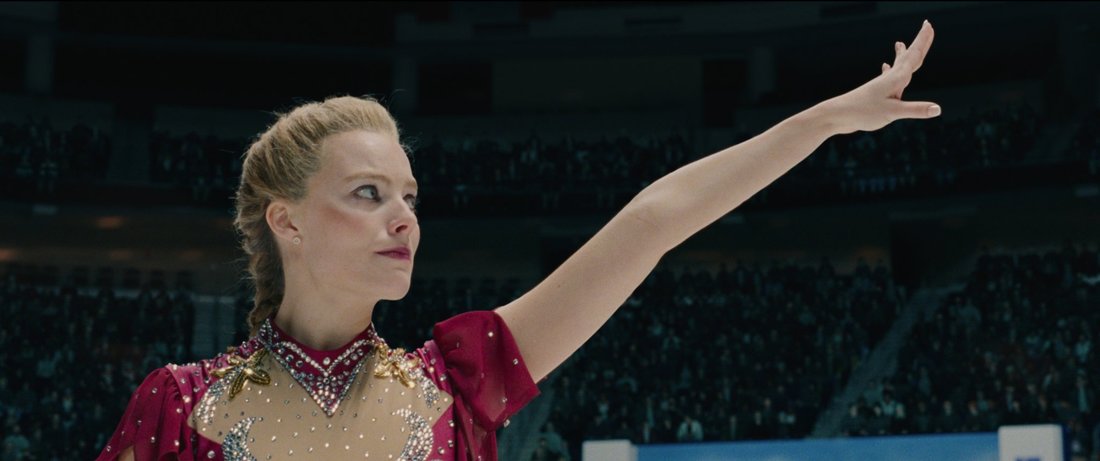

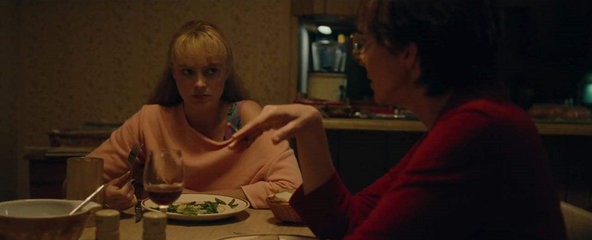
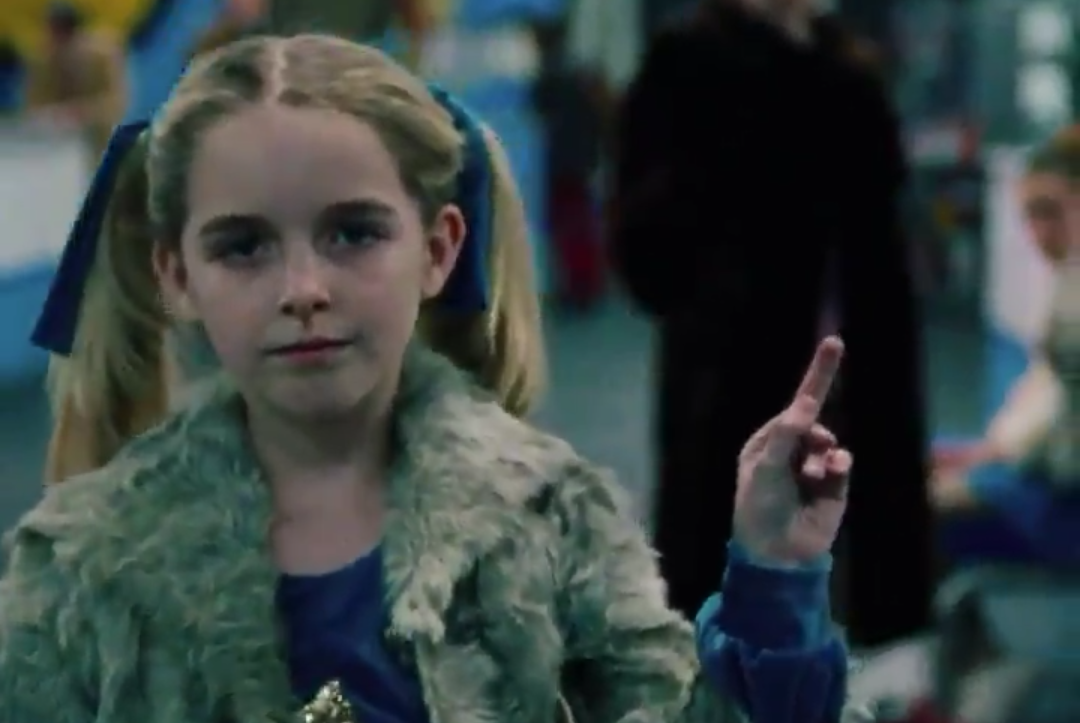
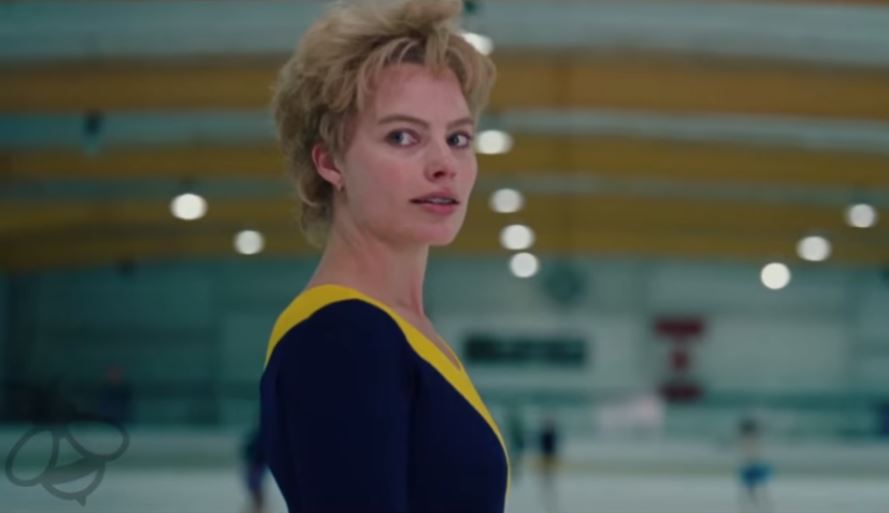
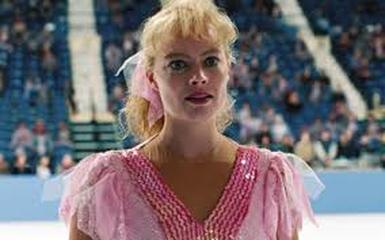
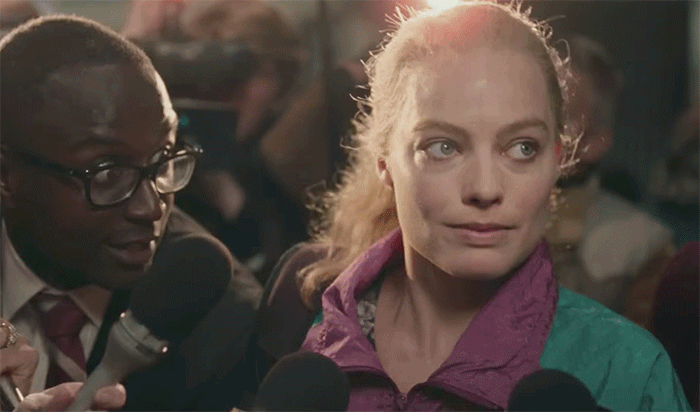
 RSS Feed
RSS Feed
